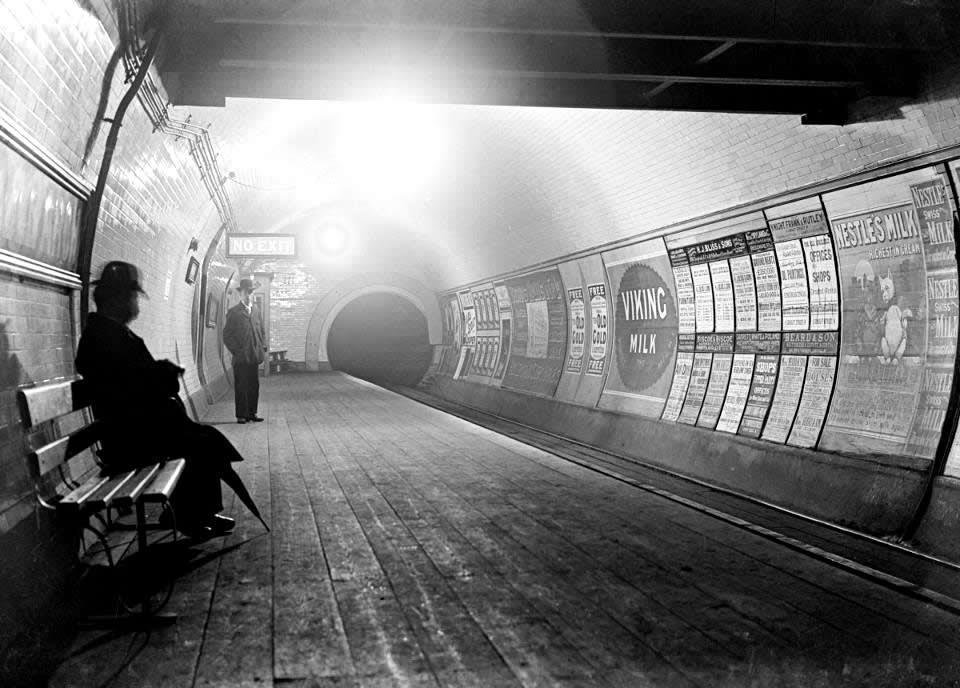The London Underground, also known as ‘the Tube’, holds a significant place in the history of urban transport. On January 10, 1863, this revolutionary underground railway system was inaugurated, forever changing the way people traveled in London. The opening of the London Underground marked a remarkable milestone in transportation history, setting the stage for subway systems that would later be adopted worldwide.
Prior to the advent of the London Underground, the city faced numerous challenges in terms of transportation. The rapid growth of London’s population during the 19th century led to overcrowded streets and congested roadways. The need for an efficient and reliable means of transportation became increasingly evident.
The idea of an underground railway was proposed as a solution to alleviate the city’s transportation woes. The Metropolitan Railway Company, led by engineer and solicitor John Fowler, took up the challenge of constructing the world’s first underground railway system. The construction of the London Underground began in 1860, and after three years of meticulous planning and engineering, the inaugural journey took place on January 10, 1863.
The initial service of the London Underground operated between Paddington and Farringdon Street, covering a distance of approximately four miles. The steam-powered trains, with their distinctive locomotives, provided a reliable and efficient mode of transport for the people of London. The success of the initial route paved the way for the expansion of the Underground network to other parts of the city.
One of the key factors that contributed to the success of the London Underground was its innovative engineering. The construction of the tunnels required the use of a groundbreaking technology known as the ‘cut-and-cover’ method. This involved digging a trench, constructing the tunnel walls, and then covering it back up. This technique allowed for the efficient and cost-effective construction of the underground railway.
The opening of the London Underground had a profound impact on the city and its residents. It not only provided a convenient mode of transport but also brought about significant changes in urban planning and development. The availability of reliable transportation allowed for the expansion of London’s suburbs, as people could now easily commute to the city center.
Over the years, the London Underground has undergone significant expansion and modernization. Today, it spans over 250 miles and serves millions of passengers daily. The Underground network consists of multiple lines, each with its own unique history and architectural features.
As the world’s first underground railway system, the London Underground became a model for subway systems worldwide. Cities such as New York, Paris, and Tokyo drew inspiration from London’s pioneering transportation system and developed their own underground networks. The London Underground’s influence on urban transport cannot be overstated.
The London Underground has also become an iconic symbol of the city itself. The distinctive roundel logo, designed in 1908, is instantly recognizable and has become synonymous with the Underground. The Tube map, with its simplified and easy-to-navigate design, has also become an iconic piece of graphic design.
In conclusion, the opening of the London Underground in 1863 was a groundbreaking event that revolutionized urban transport. It provided Londoners with a reliable and efficient mode of transportation, paving the way for the development of subway systems worldwide. The London Underground remains an integral part of London’s infrastructure, connecting millions of passengers to their destinations every day. Its historical significance and enduring legacy make it a true marvel of engineering and a testament to human innovation.
SEO Excerpt:
The opening of the London Underground (1863) marked a significant innovation in urban transport. This groundbreaking underground railway system, also known as ‘the Tube’, became a model for subway systems worldwide. Discover the historical significance and enduring legacy of the London Underground, which remains an integral part of London’s infrastructure today.

